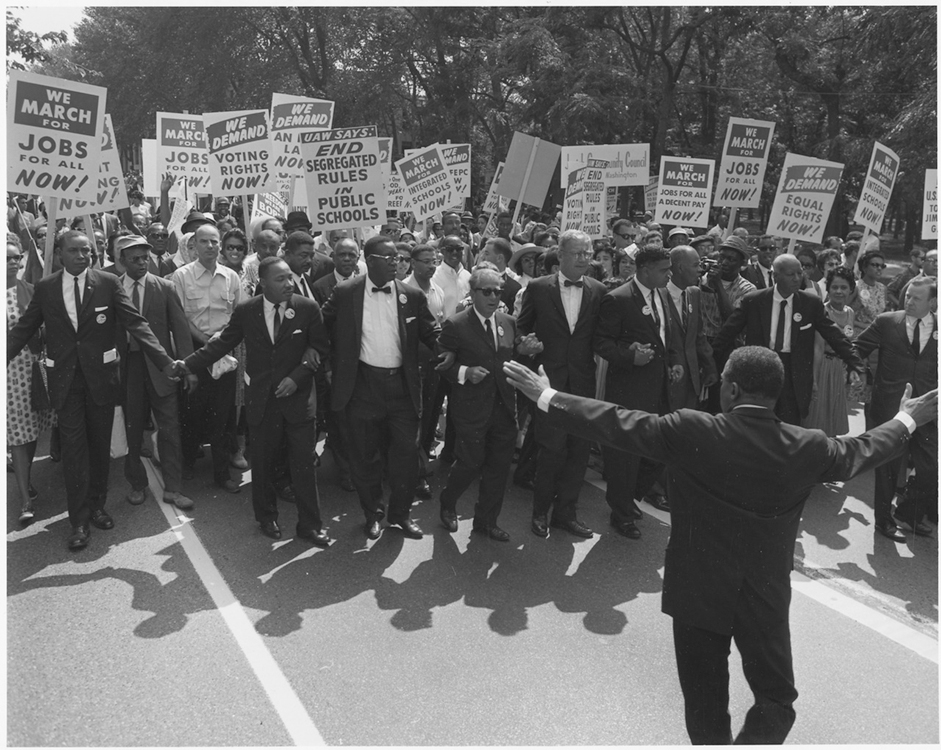| << Chapter < Page | Chapter >> Page > |
In the amplification model, organizations seek to expand their core ideas to gain a wider, more universal appeal. By expanding their ideas to include a broader range, they can mobilize more people for their cause. For example, the Slow Food movement extends its arguments in support of local food to encompass reduced energy consumption, pollution, obesity from eating more healthfully, and more.
In extension , social movements agree to mutually promote each other, even when the two social movement organization’s goals don’t necessarily relate to each other’s immediate goals. This often occurs when organizations are sympathetic to each others’ causes, even if they are not directly aligned, such as women’s equal rights and the civil rights movement.



Transformation means a complete revision of goals. Once a movement has succeeded, it risks losing relevance. If it wants to remain active, the movement has to change with the transformation or risk becoming obsolete. For instance, when the women’s suffrage movement gained women the right to vote, members turned their attention to advocating equal rights and campaigning to elect women to office. In short, transformation is an evolution in the existing diagnostic or prognostic frames that generally achieves a total conversion of the movement.
New social movement theory , a development of European social scientists in the 1950s and 1960s, attempts to explain the proliferation of postindustrial and postmodern movements that are difficult to analyze using traditional social movement theories. Rather than being one specific theory, it is more of a perspective that revolves around understanding movements as they relate to politics, identity, culture, and social change. Some of these more complex interrelated movements include ecofeminism, which focuses on the patriarchal society as the source of environmental problems, and the transgender rights movement. Sociologist Steven Buechler (2000) suggests that we should be looking at the bigger picture in which these movements arise—shifting to a macro-level, global analysis of social movements.
The early history of marijuana in the United States includes its use as an over-the-counter medicine as well as various industrial applications. Its recreational use eventually became a focus of regulatory concern. Public opinion, swayed by a powerful propaganda campaign by the Federal Bureau of Narcotics in the 1930s, remained firmly opposed to the use of marijuana for decades. In the 1936 church-financed propaganda film "Reefer Madness," marijuana was portrayed as a dangerous drug that caused insanity and violent behavior.
One reason for the recent shift in public attitudes about marijuana, and the social movement pushing for its decriminalization, is a more-informed understanding of its effects that largely contradict its earlier characterization. The public has also become aware that penalties for possession have been significantly disproportionate along racial lines. U.S. Census and FBI data reveal that blacks in the United States are between two to eight times more likely than whites to be arrested for possession of marijuana (Urbina 2013; Matthews 2013). Further, the resulting incarceration costs and prison overcrowding are causing states to look closely at decriminalization and legalization.

Notification Switch
Would you like to follow the 'Introduction to sociology 2e' conversation and receive update notifications?